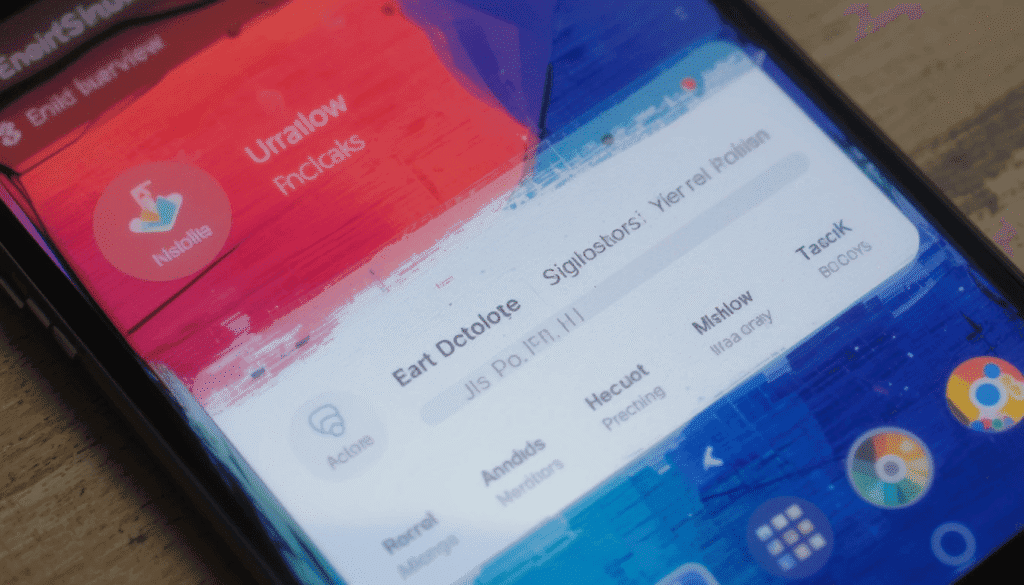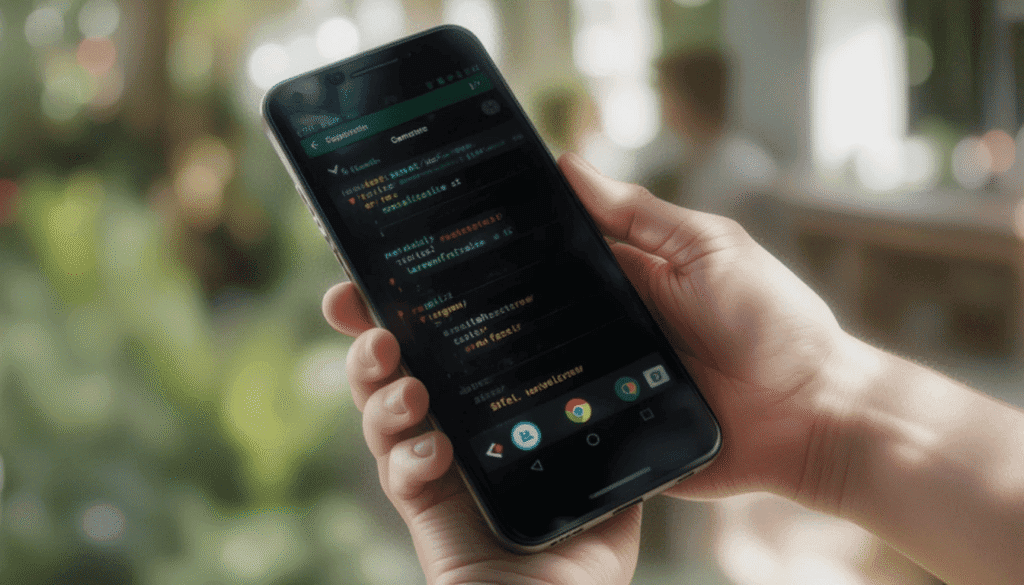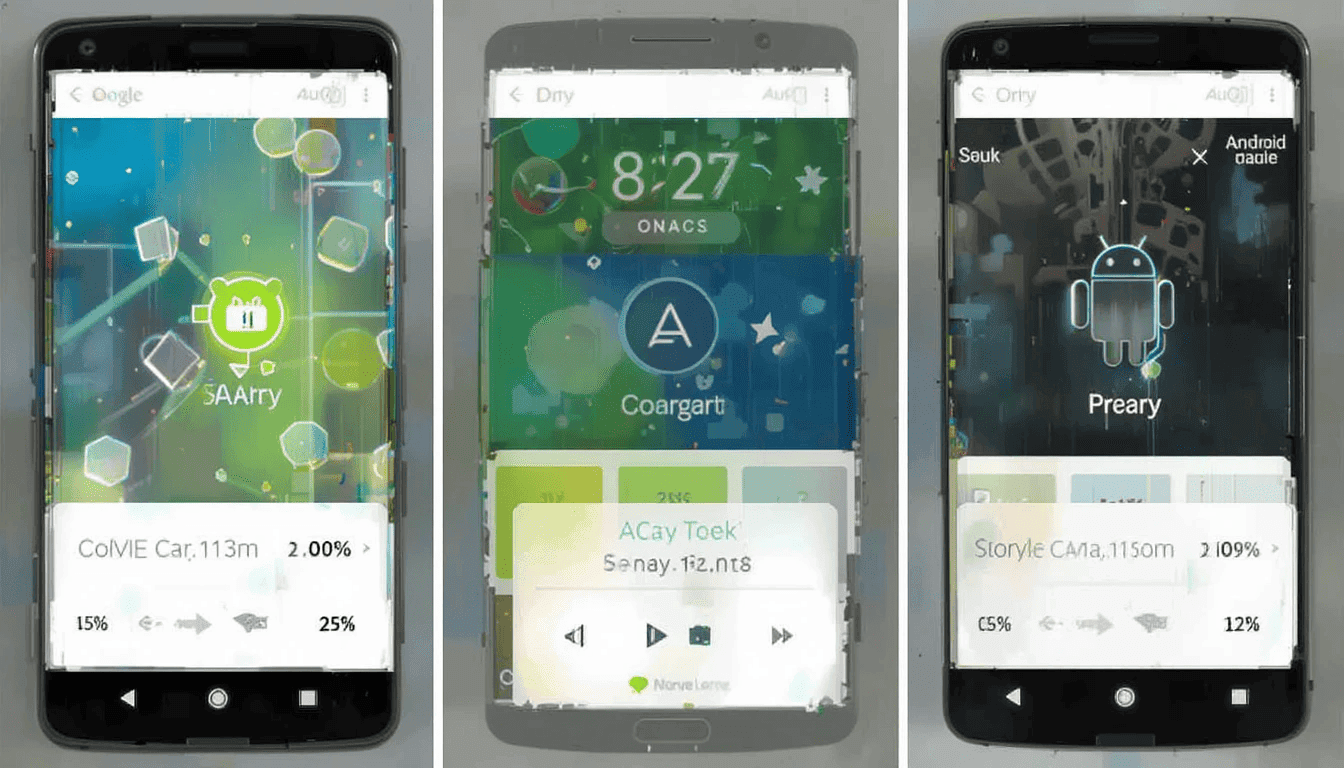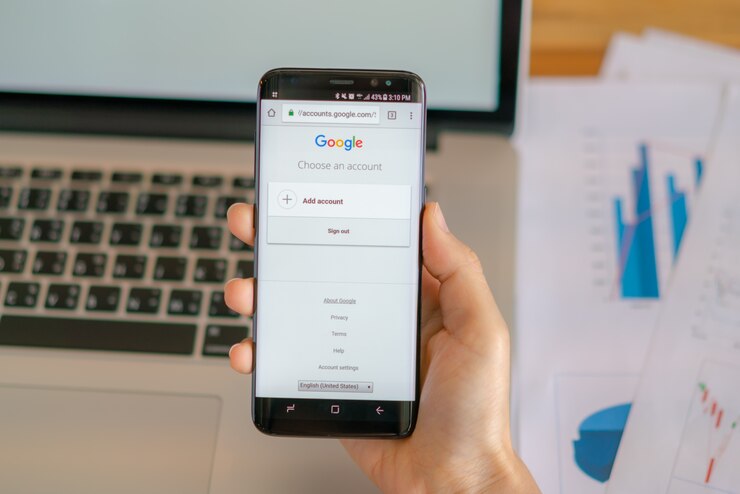Google is undergoing testing and building Android channel. The company will introduce a new Android Canary channel instead of the old Developer Preview (DP) system. The update implies that developers will be able to access new features earlier and more frequently.
Thus, they test them and provide feedback in a significantly shorter time. It is just a matter of making Android development flexible, quicker, and better for everyone.
The History of Developer Previews

For years, Android developers have used Android developer preview as the initial presentation of a future version of Android.
These DPs were generally announced in early spring. They gave a preview of significant new functions, API modifications, and changes in behaviors.
These were created to allow the developers at least several months. They aim to test their applications with the new OS, comment on it, and train before the final stable version.
What is the reason behind the Shift?

The shift to an Android Canary channel follows a pattern observed in numerous software development cycles. It shows a wish to:
More Speedy Iteration: Google can receive immediate feedback on the new features. It changes by dashing out more frequently, but is still less stable, builds labeled, and Canary builds. The iteration and fixing of bugs can thus be performed faster.
Continuous Integration/Delivery (CI/CD): This methodology corresponds to the current practices of CI/CD in which code changes are constantly integrated and tested.
Empowerment of the Developers: This will be accessible to the developers earlier in the internal Google development process. As a result, it will enable them to adjust their apps at a more fundamental level and contribute earlier.
Less Surprise: There will be fewer huge and unexpected changes. This is when the larger beta versions become available due to regular, minor updates.
The Expectations
This is what can be expected by developers:
Days/Weekly Builds: The Canary builds are anticipated to be issued far more frequently, probably daily or weekly.
Strongly Experimental Functionality: These builds will include functionality that is still in a developmental state. It might not be finished, stable, or even susceptible to alteration or elimination.
Rapid Feedback Mechanism: Google shows a tendency to focus on the effectiveness of the bug reporting and feedback process. This is supposed to be made available even to Canary users so that issues and feedback can be received nearly in real-time.
The access to new APIs: Developers can now have access to new APIs much earlier. They can test them more thoroughly and can create novel apps developed on them.
No Stability Assurances: Developers are to realize that Canary builds are not to be taken into production or their daily drivers. They are extremely experimental, tend to crash, become buggy, and can lose data.
For Developers and the Android Ecosystem
This switch has the following effects:
Framework Developers: A Canary channel will give them a chance to shape the future of Android features like never before. They may be sure their frameworks/libraries are compatible even on day one.
To App Developers: The Canary channel is not suitable for every person. However, it gives a greater indication of what is up next. Even without testing on Canary, developers can do or receive early warnings of major changes.
OEM Partners: Device manufacturers will gain access to such builds in advance as well. They may simplify their process of adopting new versions of Android.
Greater Transparency: Greater transparency may be developed in the Android development process at Google because there will be more releases.
The Extract
The users will not have to wait months before previewing builds, thus having faster and more regular updates, though obviously at the cost of less stable builds.
This also makes the developers more able to test new features early. They can give feedback, and be prepared of what the next thing is.
The Canary channel assists in bringing Android development out in the open, flexible and connected to those who develop the apps in the real world. It will speed up and smarten the future of Android.
More on Android: Android 16’s Advanced Protection Explained
























